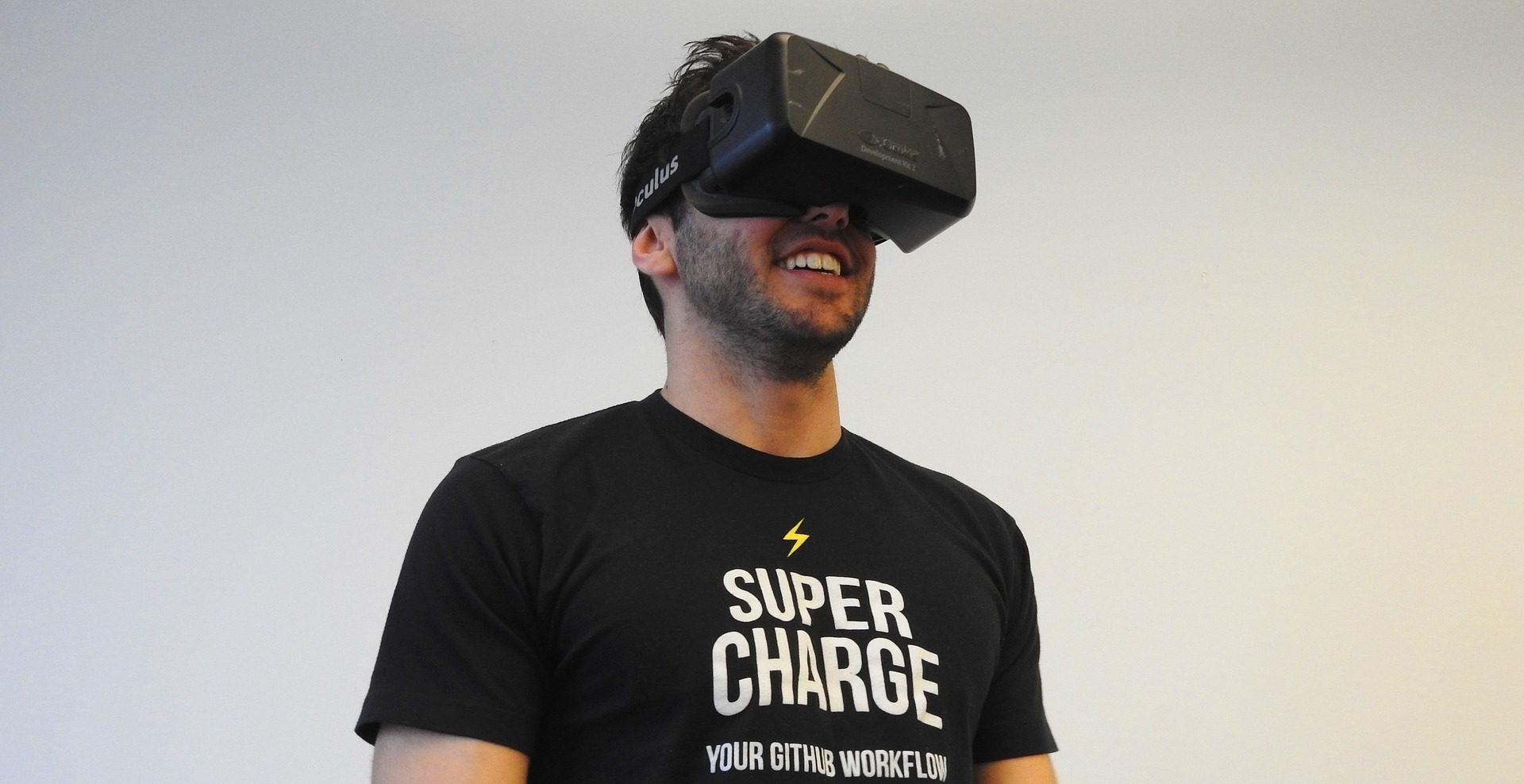By entering the phase state, the term we use for lucid dreams and out-of-body experiences, practitioners pursue different goals. For some, those include health, getting information, meeting people who are not available in real life, and practicing various skills. For others, it is a way to recreate the world of video games in their own head. The last option caught the interest scientists from London and Cornell Universities – Chaojing Li, Sicong Zheng and Xueni Pan, who conducted a study on the relationship between virtual reality (VR) and LD.
Inspired by the experience of lucid dreams, the scientists have suggested that our way of moving within dreams can improve the technology of navigation in virtual spaces, and such games, in turn, contribute to LD training and improve dream awareness.
The experiment involved ten people: the volunteers were offered four scenarios developed by one of the team members based on her own recurring dreams. The participants had to get to a specific point in the virtual space by way of natural eye movements, which is the way one would do it in a dream. In turn, the program responded using the eye-tracking method.
The researchers cite the experience of other scientists, claiming that when training in VR, some people begin to see lucid dreams more often. This hypothesis was not confirmed in this experiment. But if the development of virtual reality does not affect LD, when it comes to navigation in virtual space, the use of dream experience does in fact produce a marked improvement. The devices recorded that eyeball activity was higher than when using HMDs, while maintaining the same indicators of movement speed and distance traveled.
The study was presented at the IEEE Conference on Virtual Reality in April 2021.




